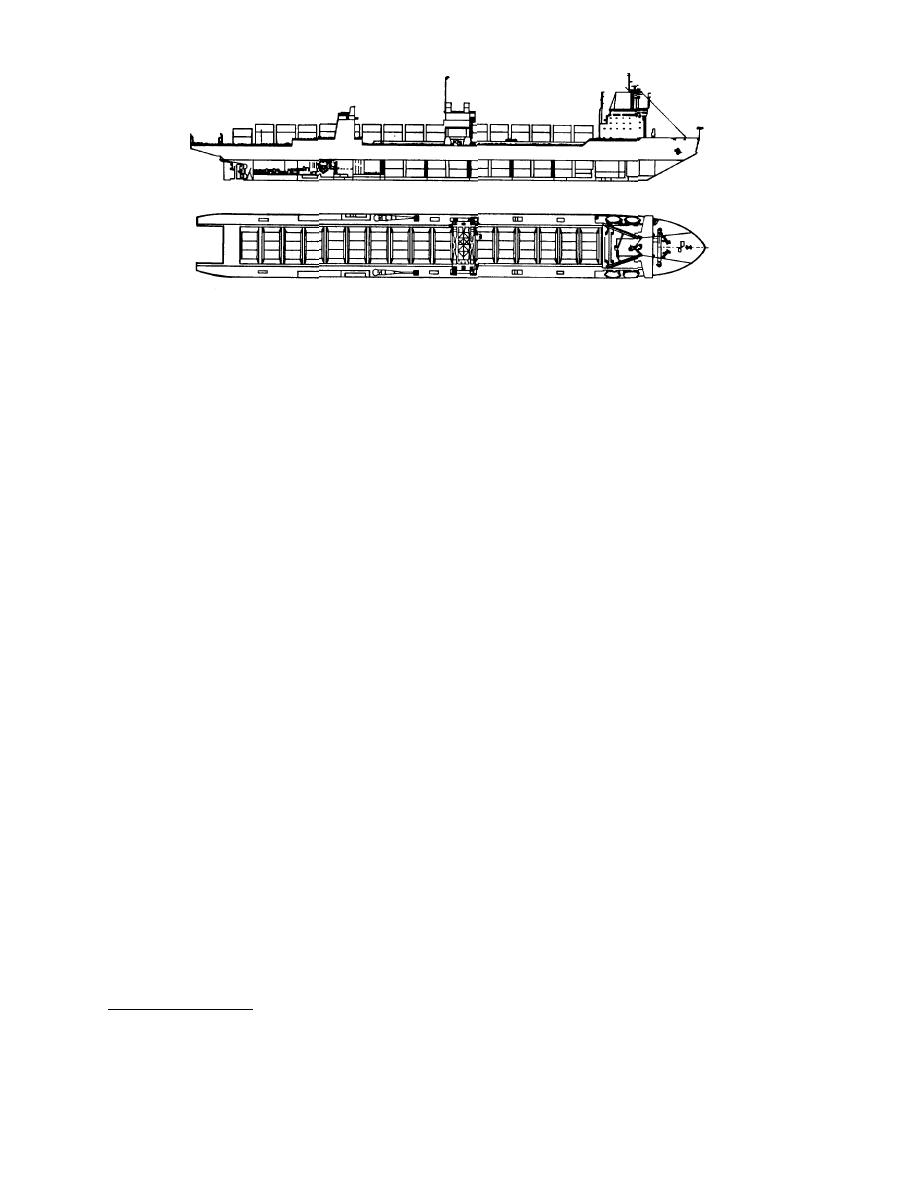
Figure 5. Russian nuclear-powered icebreaking LASH Sevmorput (from Brigham 1985).
Brigham* reported difficulties with maneuvering
foreign use of the NSR can more fully utilize the
in ice because of its extreme waterline length, its
Russian fleet and provide revenue toward its op-
single screw arrangement, and its waterline
eration and maintenance. In Granberg's (1993a)
breadth, which is more than 3 m wider than that
own words:
of the largest icebreakers.
The Noril'sk and future vessels designed for
It may appear paradoxical that at this juncture,
heavy ice service together in convoys led by pow-
in the midst of acute crisis at home, Russia should
erful icebreaking ships will play a major role in
be actively promoting ... the Northern Sea Route
expanding commercial traffic on the NSR, increas-
... Far from it--this is an integral part of the
ing the geographic range of regular service and
general strategy of stabilization and develop-
lengthening the shipping season. Indeed, for nearly
ment of the NSR. The most pressing objective
20 years it has been a goal of the Soviet Union, and
for the NSR today is to utilize more fully the
now Russia, to keep the entire Northern Sea Route
Arctic fleet and to provide it financial support.
open for year-round use.
The Russians hope that international tourism
to the Arctic Basin and Siberia can be increased to
Underutilized
bring in foreign revenue and to employ under-
existing infrastructure
utilized resources. During the summer of 1990,
The marine transportation infrastructure along
the Russian icebreaker Rossiya made a voyage to
the northern Russian coastline is well developed.
the North Pole with 88 paying tourists from 12
It includes a fleet of the world's most powerful
countries aboard. In 1991, the Sovietskiy Soyuz re-
icebreakers and ice-strengthened cargo ships, as
peated the North Pole voyage with 80 more tour-
well as port facilities and aids for navigation, com-
ists from 15 countries. Two more North Pole cruises
munication, and environmental forecasting. The
took place in 1992 (Mikhailichenko and Ushakov
reason for this development has been to extract
1993), three in 1993 (Sodhi 1995), and four in 1994
the natural resources of the Siberian region and to
(Anonymous 1994a). It is evident that a voyage to
supply the northern settlements with finished
one of the world's few remaining remote and pris-
goods and necessities. Hence, there is an existing
tine regions can be successfully promoted as ad-
transportation network and a flow of goods that
venture to a large number of people. The popular-
can serve as a springboard for establishing new
ity of these cruises seems to ensure that increasingly
international trading partners and cargoes.
more will be available in the future.
The current economic difficulties in Russia have
sidelined a portion of the available transport and
International
icebreaking capacity on the northern route. NSR
investment opportunities
cargo turnover peaked at 6,578,000 tons in 1987
From the western perspective, Russia's contin-
and has progressively declined since then to
ued pursuit of democratic reform is desirable. More
4,903,000 tons in 1991 (Granberg 1992). Increasing
importantly, the health of the Russian economy
and the stability of its sociopolitical system is an
international asset for obvious reasons. Russia's
* L.W. Brigham, 1994, U.S. Coast Guard, personal com-
new policy of openness to world trade can be of
munication.
8



 Previous Page
Previous Page
